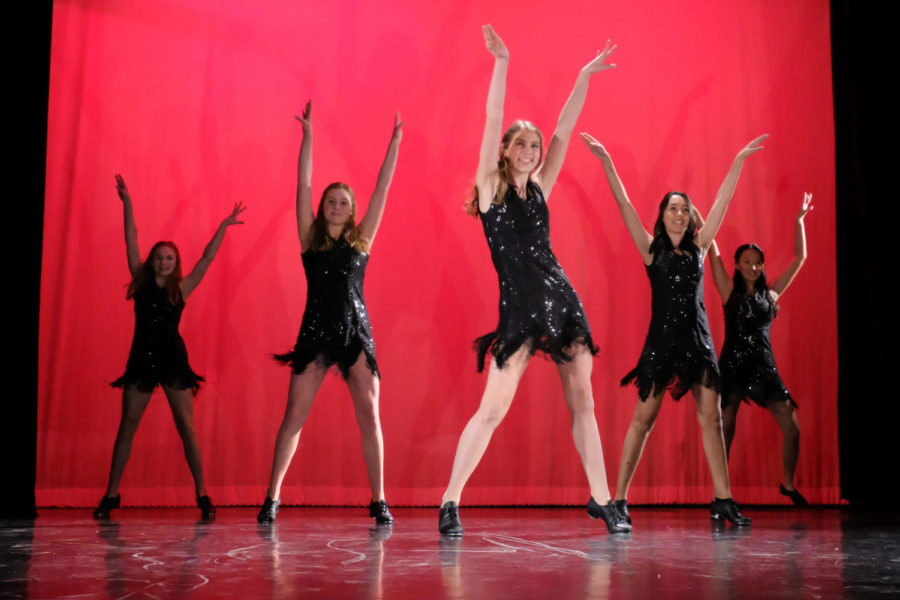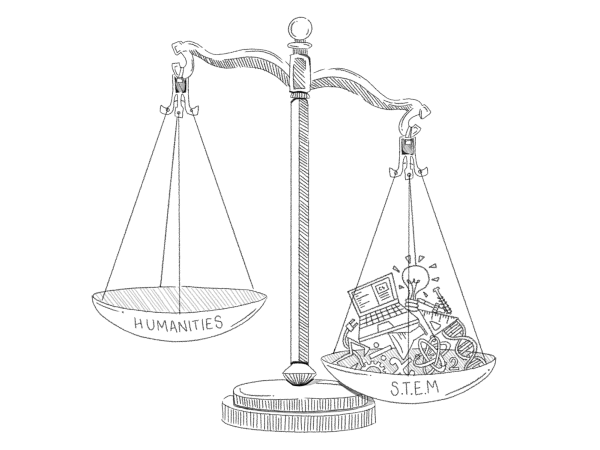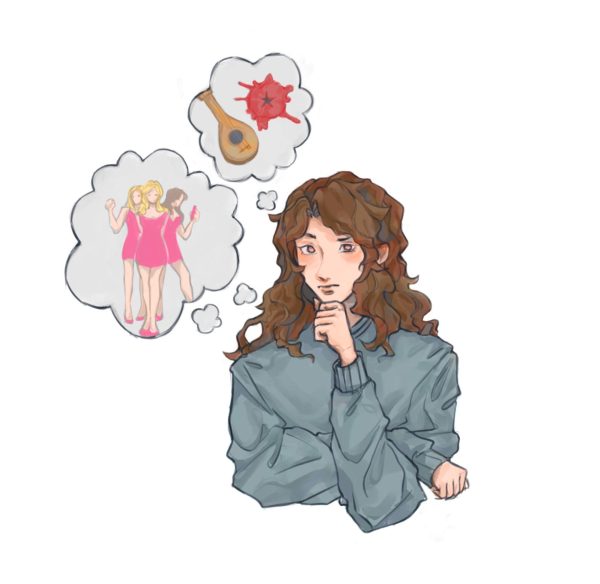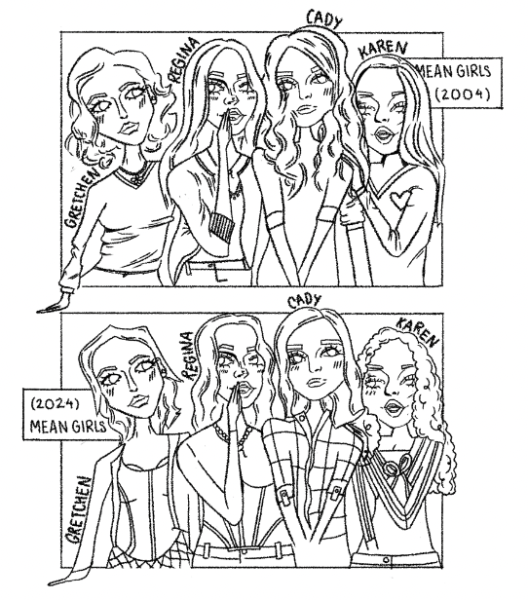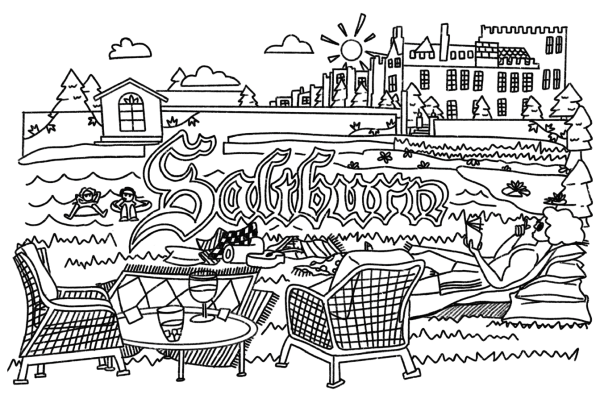The Dance Enrichment Program Should Earn Students School Credit
Menlo students perform on stage in the 2019 dance concert. Even though these dancers were part of the dance enrichment program for the entire school year, they never received any credit for their time. Photo courtesy of Pete Zivkov.
October 23, 2021
Before graduating, Menlo School requires students to earn a minimum of four PE credits and one and a half arts credits. These requirements are guided by UC and State standards, although as an independent school Menlo has some leeway. Due to a recent decision in the administration, freshmen and all future students must instead earn two arts credits, rather than only one and a half, from now on. These requirements are slightly different among the grades, but all students still must deal with earning arts and sports credits at Menlo. Arts credits can be earned by taking year-long and semester-long classes, such as photography, orchestra and music theory. Similarly, students can earn PE credits in many ways, including by attending workouts in the gym and playing on Menlo sports teams. While earning these credits seems like a straightforward task, it’s much more difficult in reality. Many students participate in Menlo’s dance enrichment program every year, yet not a single PE or arts credit has been offered in exchange.
Even outside of Menlo, there is much controversy regarding dance being labeled as a sport. Many random opinions essays, such as on Odyssey, a website where any individual can share their perspectives on anything, argue that since people don’t dance to win against others, it does not belong in the sports category. Several national dance programs also address this issue on their websites, such as Dance Spirit, which further illustrates the split opinions of this debate. However, sports do not revolve only around competition. Sports should also be recognized for the dedication and physical efforts they demand from their players. According to a study from the Journal of Strength and Conditioning Research, dancers must train hours for their flexibility, high endurance and aerobic capacity, meaning that dance possesses the same physical requirements as other sports.
At Menlo, the dance program requires the same amount of commitment as any other sport. For example, someone who plays one season of football earns one PE credit. During the season, a football player must attend daily practices after school, as well as weekly games. Even though dance does not meet every day after school, it is a year-long commitment, rather than just one season. Dance meets twice a week, but for an entire year. And, just like how football players must participate in games and workouts, dancers must participate in “tech weeks” and performances. The dance schedule may differ from other sports, but the time commitment more or less evens out. Yet, unlike all other athletes at Menlo, enrichment dancers manage to earn zero credits for their time.
Because dance enrichment doesn’t offer any PE credits, dancers must earn them in other ways. However, the dance schedule overlaps with all other sports at Menlo and finding opportunities to gain sports credits is extremely difficult. It’s unjustifiable to pressure dancers into giving up dancing to satisfy a PE requirement — which they already fulfill from dance.
According to dance teacher Angela Curotto-Pierson, the dance enrichment program has not been approved for credits because it has a schedule different from other sports at Menlo. “I personally agree that dance is a sport,” Curotto-Pierson said. “It’s just about looking at each sport and seeing how much time spent equates to one PE credit. Then we can figure out how to do the same for dance enrichment.”
The dance enrichment program is currently extremely accommodating so that students can balance multiple commitments at once if necessary. However, if the program begins offering credits in the future, attendance may be required to keep track of how much time each student actually spends dancing, according to Curotto-Pierson. This would help maintain the integrity of the dance program while rewarding participants with their deserved credits.
To make matters even more confusing, even though dance enrichment does not offer credits to participants, Menlo’s dance classes do. One semester of dance class can count either as an arts credit or a PE credit — each student can decide what would benefit them most to meet the graduation requirements. It’s fitting that dance classes count for credits. However, this makes it even more confusing that the dance enrichment program is treated so differently.
Unlike dance enrichment, dance classes take place during the day, during seventy-minute periods. Depending on Menlo’s block schedules, dance class meets either two or three times each week. Dance enrichment meets twice a week after school for ninety minutes, so both dance programs have a pretty similar time commitment. Both dance classes and the enrichment program are required to perform in Menlo’s annual dance concert, too, which includes weekend-long performances and a full tech week of preparation. In addition to the dance concert, dance enrichment performs at other major events, like the Homecoming pep rally, Valpo Bowl and holiday assembly. The only major difference between dance class and dance enrichment is the even larger commitment. So, why should only dance classes qualify for credits? If anything, the dance enrichment program requires more dedication from its participants, deeming it more worthy of offering credits.
According to Curotto-Pierson, conversations regarding dance credits will likely be held in the near future with the administration. However, this issue should be more of a priority than it currently is so that students graduating this year can still earn credits from dance enrichment.


